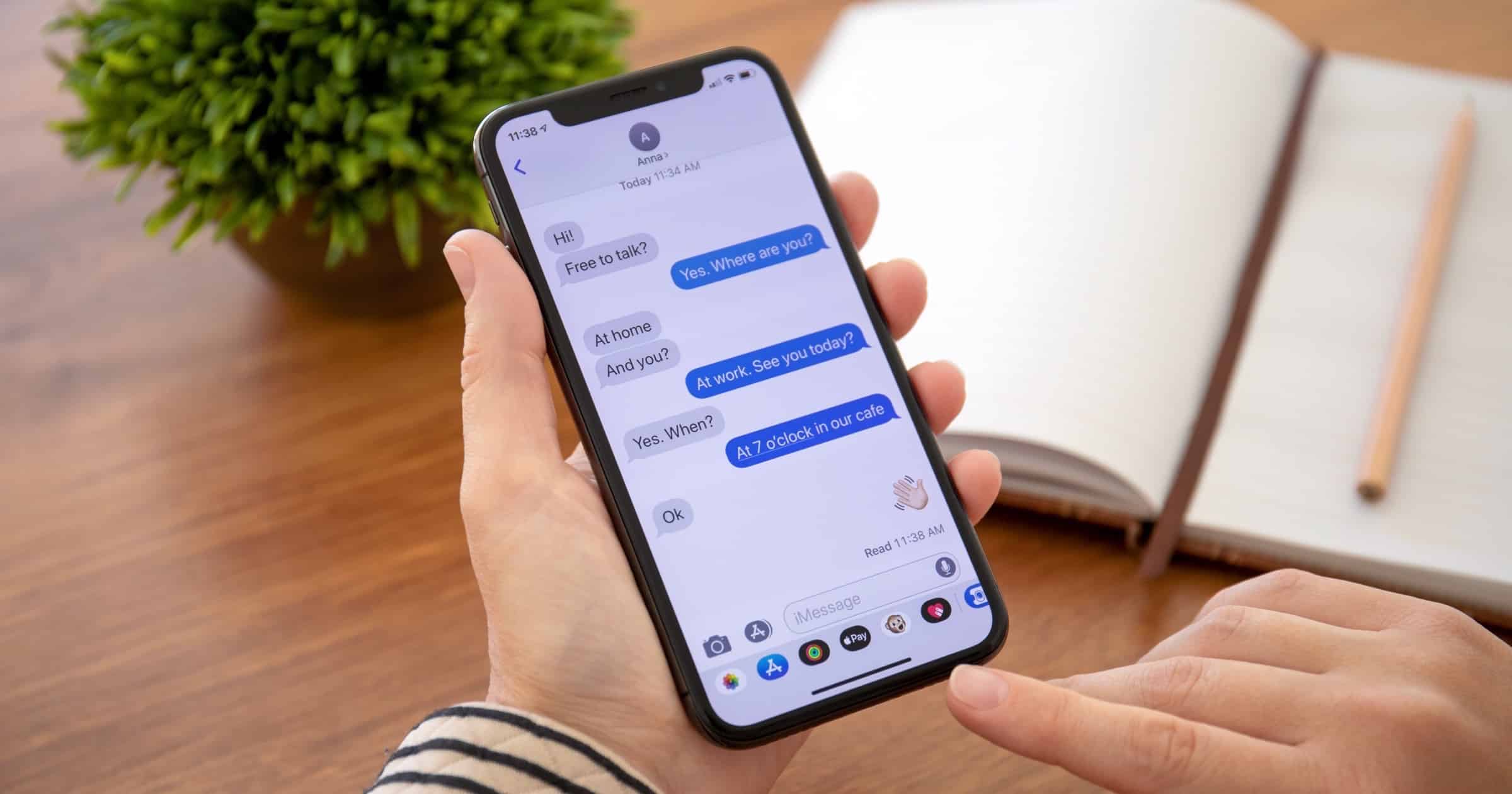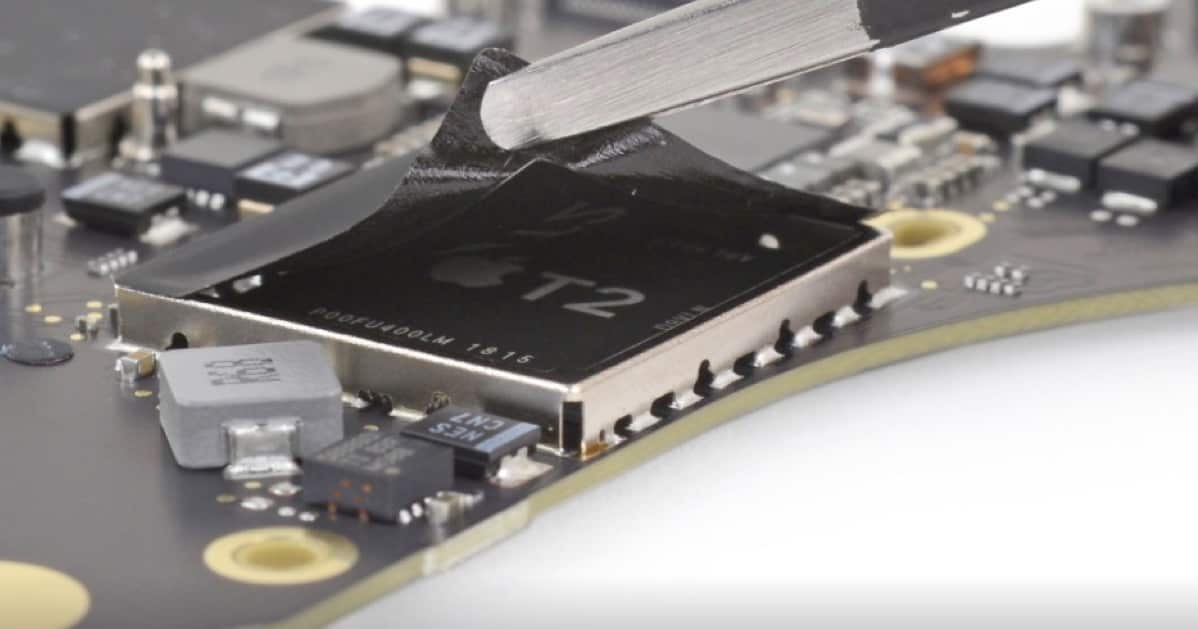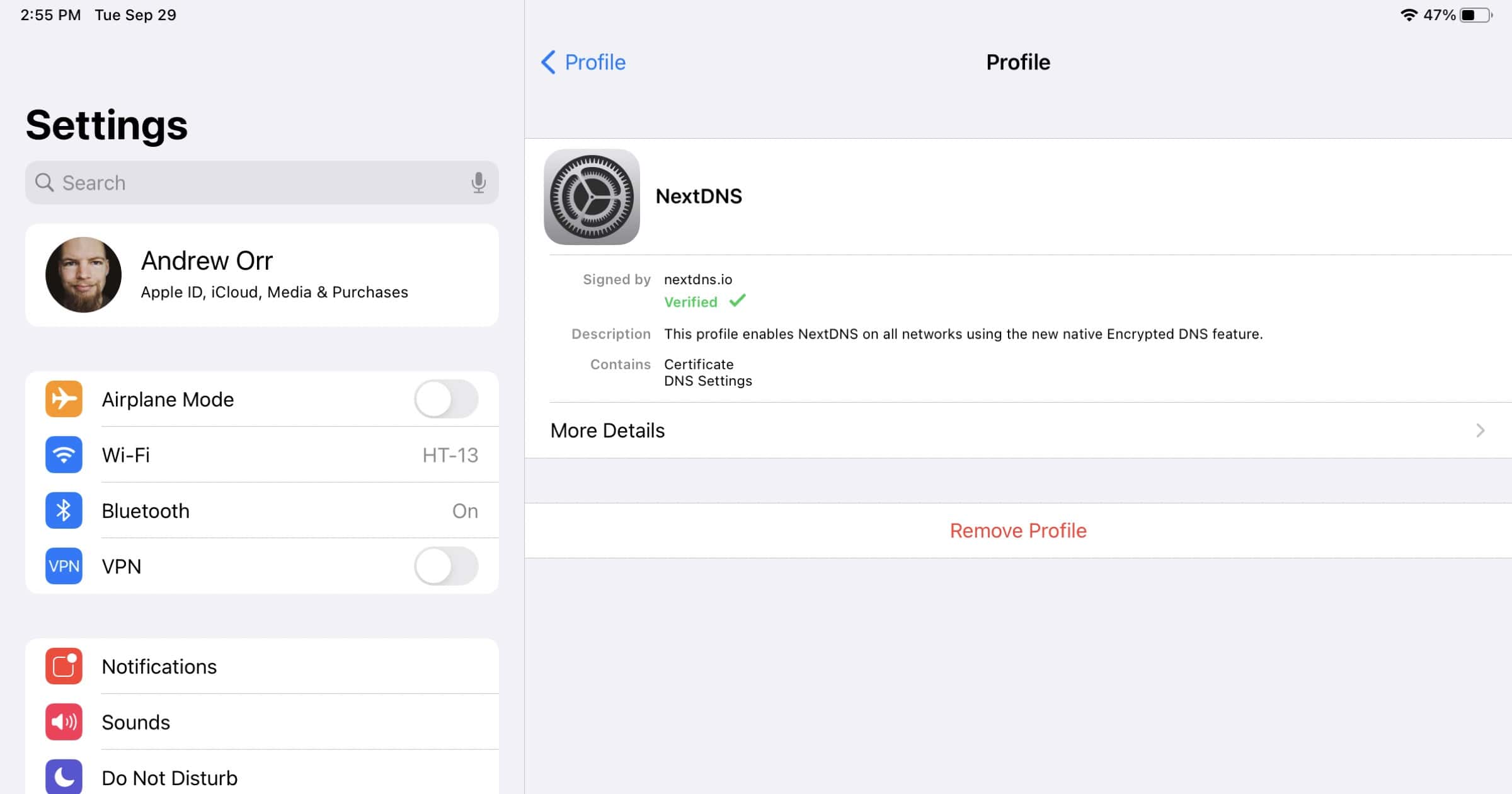Toy company Mattel suffered ransomware attack on June 28, 2020. It revealed this in a 10-Q form filed with the Securities and Exchange Commission (SEC).
On July 28, 2020, Mattel discovered that it was the victim of a ransomware attack on its information technology systems that caused data on a number of systems to be encrypted. Promptly upon detection of the attack, Mattel began enacting its response protocols and taking a series of measures to stop the attack and restore impacted systems. Mattel contained the attack and, although some business functions were temporarily impacted, Mattel restored its operations.

















